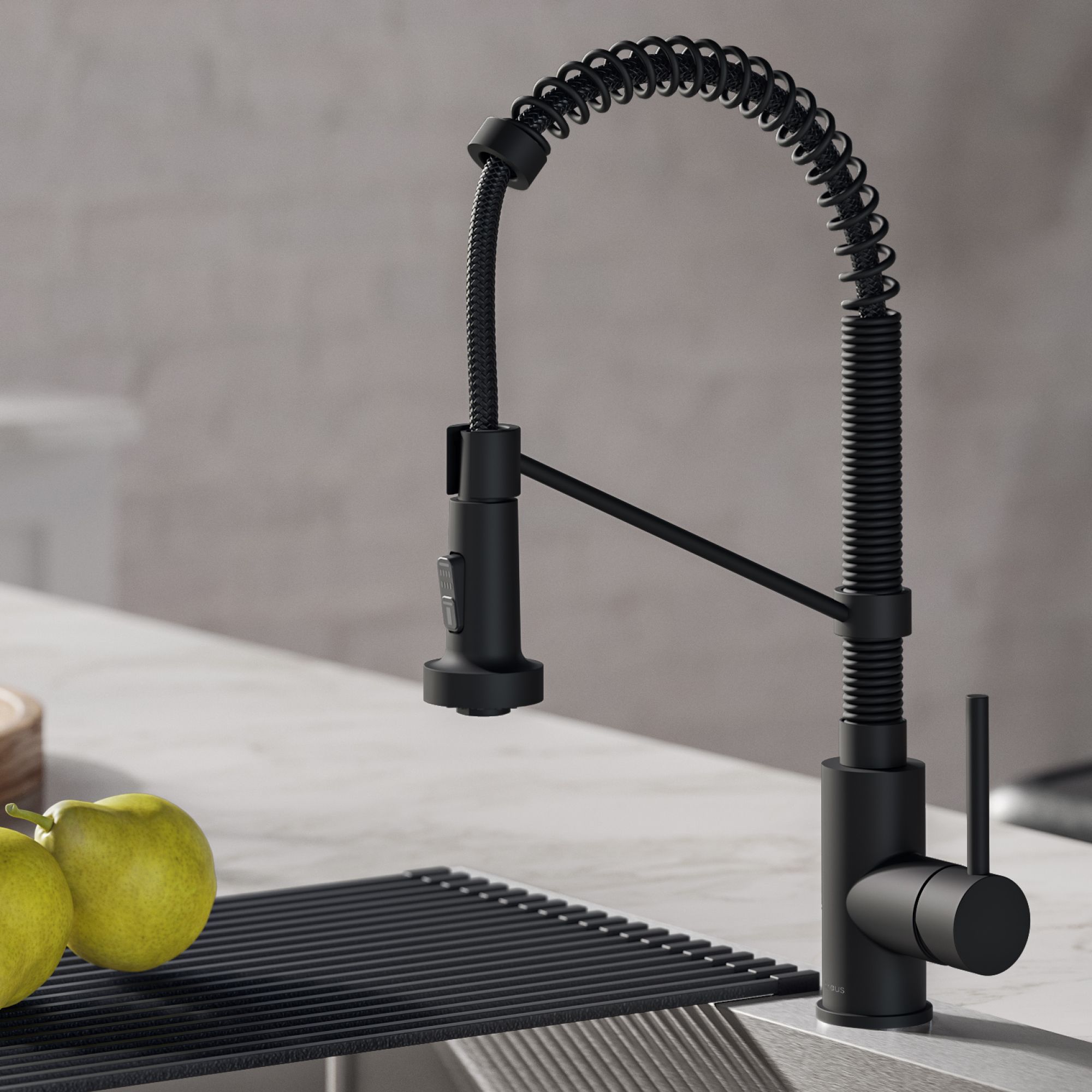
You may feel your kitchen needs a touchup or upgrade for various reasons. It can be because some things look dated or the ambiance lacks the desired amount of fresh energy. Or you believe that it needs to scale up to provide more functionality.
No matter your concern, you will have to re-imagine its design to bring about the change in a particular corner or the entire space. Things become easy to implement when you can visualize them. For example, you can think of how interior designers make a mental note of everything and try to fit their ideas. However, it doesn’t mean homeowners cannot achieve this.
Visualizing a new kitchen theme or interior can be challenging for anyone, even for professionals sometimes. But practice can get you there; try to train your eyes to imagine your kitchen in a new avatar. There will be initial difficulties, which you can overcome as you persist and progress. Here are some suggestions in this regard.
Visualizing kitchen designs before renovations
Study the design basics
Even if your prime focus is functionality, it needs to fit into specific design principles to be effective. Hence, getting familiarized with them is essential. To be precise, you need to think in terms of balance, rhythm, unity, focal point, contrast, and so on. Each of these and other design elements contributes to the overall appearance and its functional engineering. For instance, harmony allows creating resonance among the different components. When you use various objects in the space, you have to ensure that you don’t lean too much on any specific shape or size. You have to balance all symmetrical, asymmetrical, and radial proportions.
Similarly, the design elements need to repeat, alternate or progress to look rhythmic. They should enjoy semblance. You can emphasize a thing or two to draw everyone’s attention to them through complementing or contrasting them. In this context, you must realize that adding contrasts is as essential as maintaining harmony. Without this, everything would look washed-out. Borders and boundaries will disappear. If you cannot figure out this scenario, think about the monochrome theme. The reason why it indulges in distinct textures, shapes, and lines is this.
Like this, you also have to consider factors like details and proportions. Popping colors, hanging light fixtures over the kitchen island and others are about detailing.
These little infusions go a long way in weaving attractive design magic. As for shapes and sizes, you have to know what size and height of a chandelier will be suitable in a dining area with a high ceiling. Would a round rustic chandelier be perfect for your dining area? What about the kind of sink and faucet that would go in your sink area? Even if the sink is simple, you can elevate its charm and performance with the right tap. Faucets come in many designs. You can explore them online and try to pair one of them with your sink in your imagination.

Look for unity and focal point
It has to be a holistic approach. You have to envision your kitchen in terms of the overall design- modern, traditional, transitional, Mediterranean, etc. If you are unsure of what you should aim for, you can talk to a kitchen designer to understand your preference. Simultaneously, you have to decide on the focal point, which would draw your and everyone else’s attention upon entering the kitchen.
It can be a specific architectural highlight, a beautiful backsplash, a stylish kitchen island, a well-organized sink area, or even an eclectic set of appliances. When you begin from here, your design will start gaining layers and depths as you move forward.
With more focus, you can think about colors, lighting, lines, and other components that bring together the design and instantly create harmony. You can then get into balancing all the details. As mentioned, the use of symmetrical, asymmetrical, and radial shapes will feature in your thoughts. You will pick shades based on the color wheel. When you work on contrast, you will try playing with the concepts of dark and light, tall and short, lines and curves, smooth and rough, etc. It can be quite fascinating, but. At the same time, you will focus on varying textures to avoid lopsidedness.
Build rhythm for easy movement
At the final stage, you would want to ensure that all the elements and details in your kitchen have a visual movement. Professionals try to incorporate this in three ways.
One of them is repetition. When you repeat a color, shape, pattern, or line, it gives a sense of movement. You can also interchange elements to ensure duplication in your visual impact. The other one is progression. When you refer to this, you can turn your gaze to the containers on the kitchen countertop in varying sizes, from small to large. Simultaneously, adding light to darker shades reflects the same thing.
Apart from this, you have to fix another area, which is about design transitions. It is about using elements in a way that your eyes move slowly from one part to another. You can focus on your arched doorway, for example, to get a sense of it.
Nowadays, you get plenty of kitchen visualization tools also. You can use the software to see how your choice of elements fits into the overall design scheme and behave.
A visual representation can make your mind work quite effortlessly. The only challenge is you cannot get as creative with them as you may want to be. You will have to work with the elements the tool contains. Still, it is not a bad idea to use them and see how your imagination builds up and leads to a near-perfect experience.
Even if you don’t do the designing work yourself, you can tell your interior designer what you want to see with absolute clarity. When they know your taste, they can provide even better inputs to bring out the best outcome. So, please do a bit of homework first. Your kitchen improvement project will not look too daunting after this. Plus, the whole renovating job can wrap up faster than you expect.
